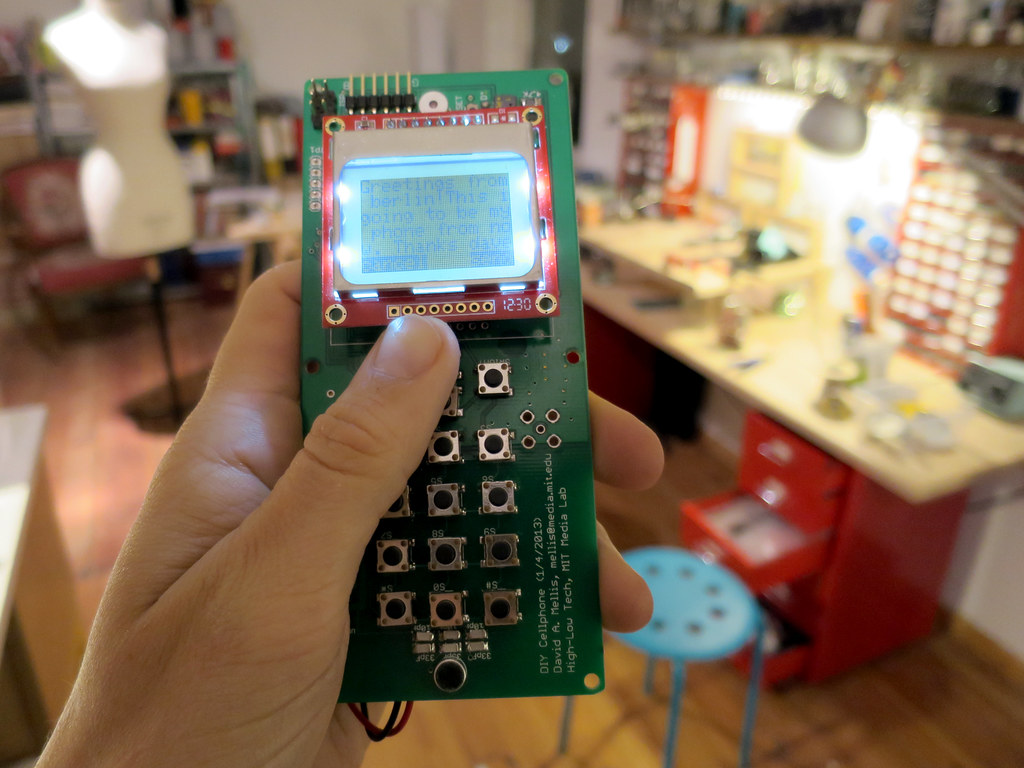
This work created by artist and composer Dylan Sheridan is called Bellow. It is a digital installation that plays live music through an artificial irrigation system, automated fingers and electronic sensors. I was searching through powland.tv’s page and found this post, which eventually led me to this project. I found this work particularly interesting because of how the artist tries to synthesize natural phenomena with artificial sounds and physical components. While it is a manmade recreation of a cave-like environment, the installation does not attempt to copy what an actual cave would look and sound like other than showing a tiny piece of turf. Instead it focuses on the sound composition, how the sounds are being played, and how the interaction should happen. It somehow reminds me of a Rube Goldberg machine with its usage of different trigger components and complexity of the sound composing process.

